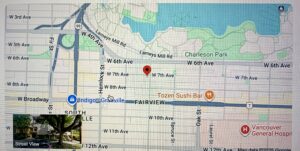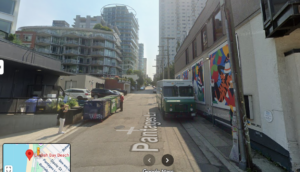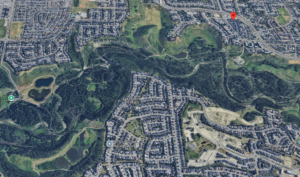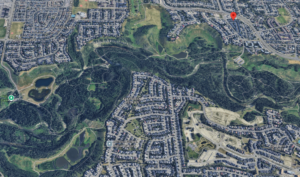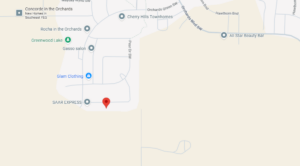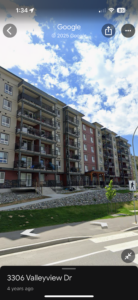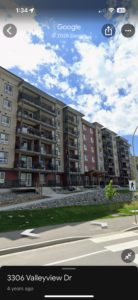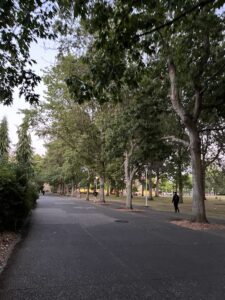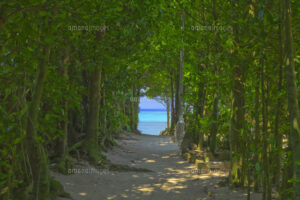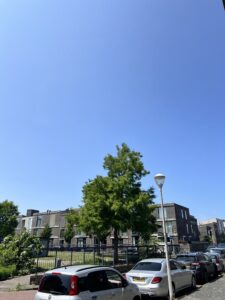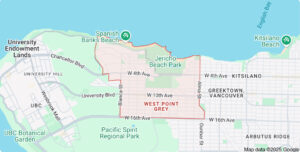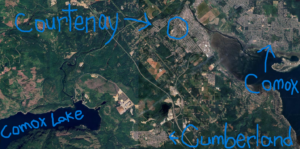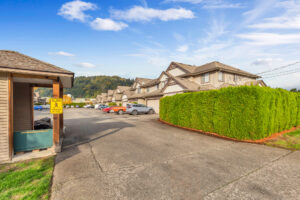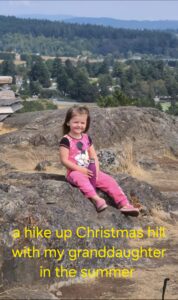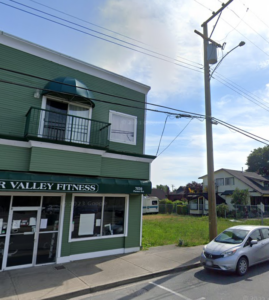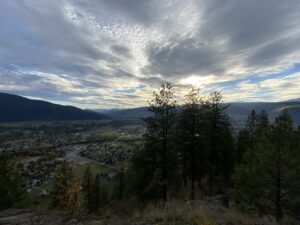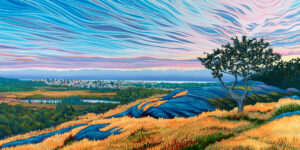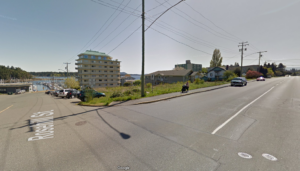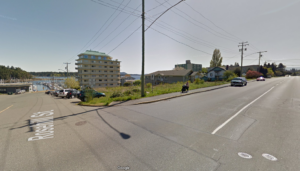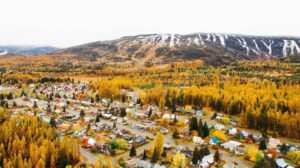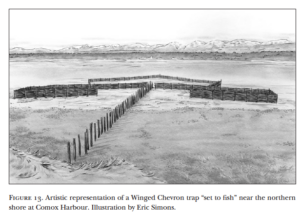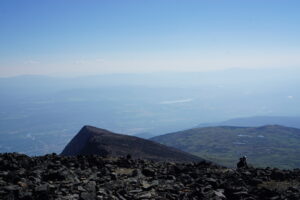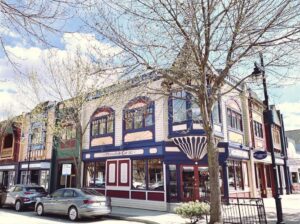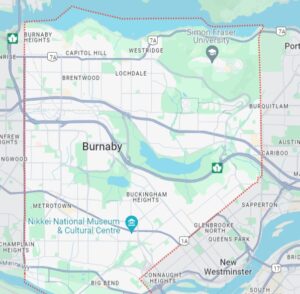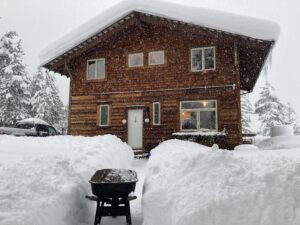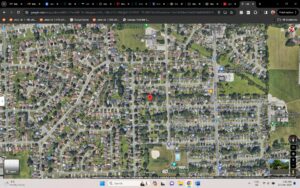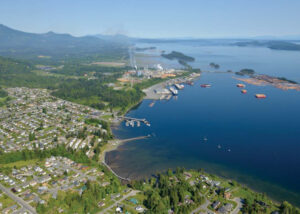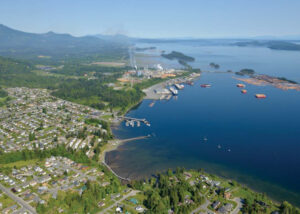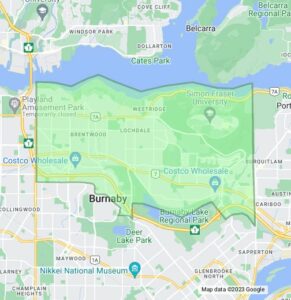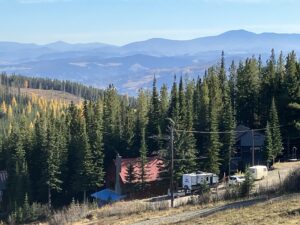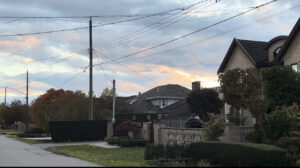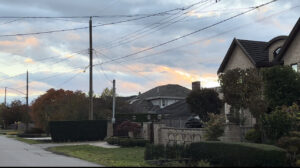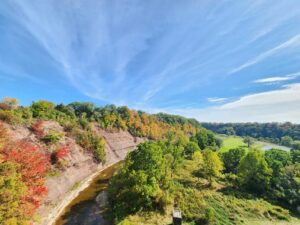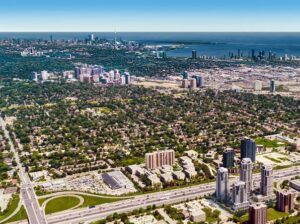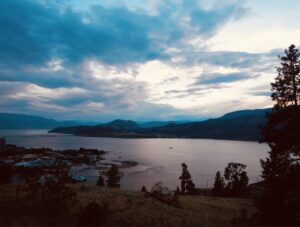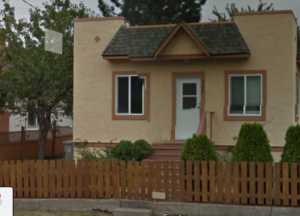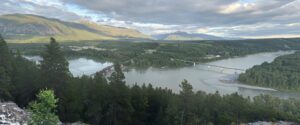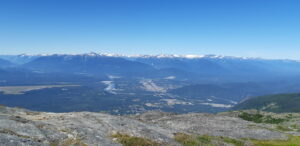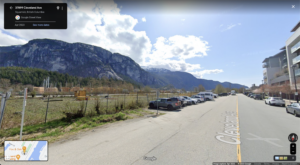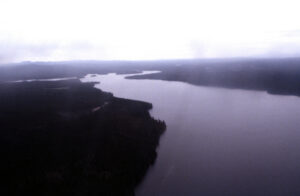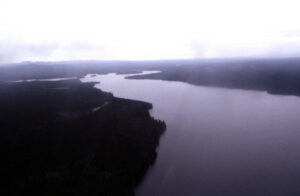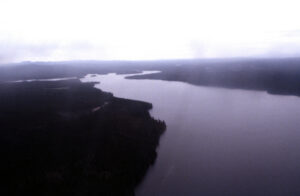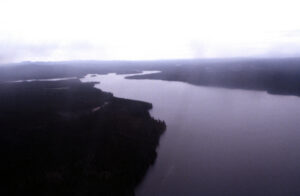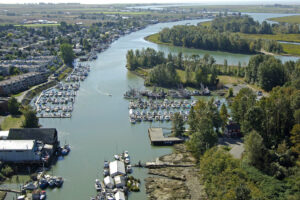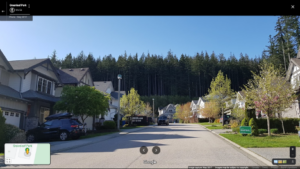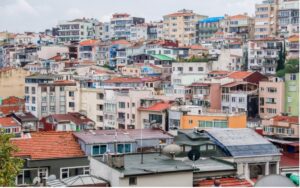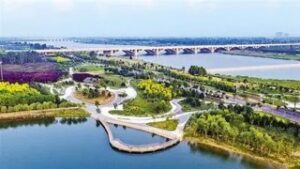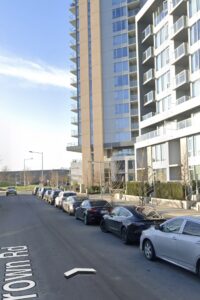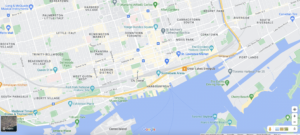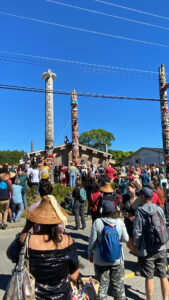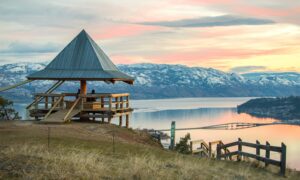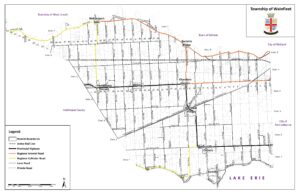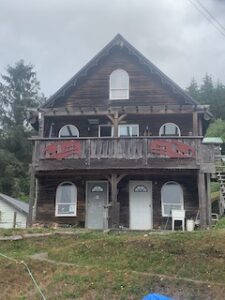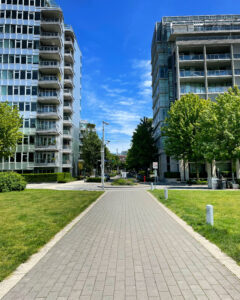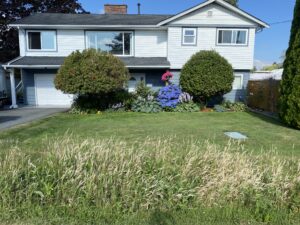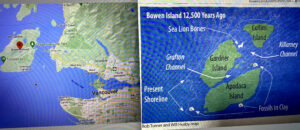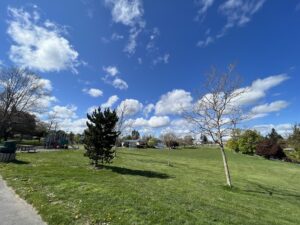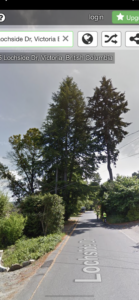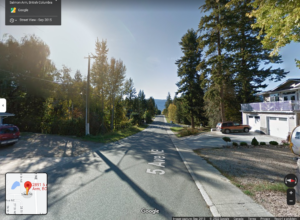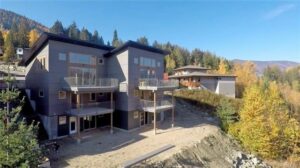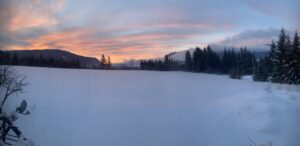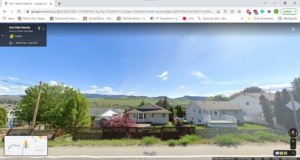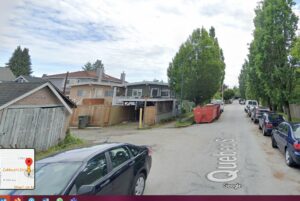Exercise #1: Local Environmental History
Instructions
For Exercise #1, you will bring environmental concepts home by looking at your neighbourhood’s environmental history.
- Using the submission form, post a photo of your area (Google Street View if you do not want to show your home) on this interactive map and explain the ecological history of this space, as per this example.
- Write a 700 to 1100 word of the ecological history of this physical environment, including where applicable: pre-contact use and settlement; wildlife past and present; early settlement and resource extraction; invasive species; urban development; stewardship actions (urban stormwater retention systems; community gardens; composting facilities).
- You must show where you found your information, either through footnote citations or with links embedded in the text, or a combination of both.
- The writing can be informal, as per the Exercise 1 Sample (you may even use first person, which definitely will not fly with your historiography and major essay projects!) but correct spelling and grammar are expected.
- In most cases, given the readily available information online, this exercise need not take more than 6–8 hours to complete. It is meant to help you think historically about your environment—to read it through an ecological lens. If you live in a rural area or small town, you may think that there is less to say than what you read in the sample based on a Vancouver neighbourhood, but this is not the case. The environmental history will be very different, and you might focus far more on, say, the settlement period of the late nineteenth century, or the implications of the introduction of cattle or irrigation and less on events of the 1960s and 70s.
- Please note, you should write and edit your submission in a separate file then copy and paste it into the submission box. Once submitted to the HIST 3991 trubox site, you will not be able to edit your post.
Are you a student of HIST 3991? Click here to add a submission to this assignment.
Submissions
Latest Posts
From Airbase to Eco-Neighbourhood: The Environmental History of Ypenburg, Meerkoetstraat
June 21, 2025 By: Sunia Khan
Ypenburg, located on the eastern edge of The Hague, has undergone a dramatic ecological transformation over the past century. Originally part of South Holland’s vast peat bog and wetland landscape, the area was shaped by centuries of drainage and farming. Peat extraction, in particular, led to soil subsidence and flooding, turning the land into a patchwork of reclaimed fields managed through dikes and canals. In the 1930s, the site was developed into Ypenburg Airfield, which played a role during WWII and later served as a Dutch military base. After the airfield was decommissioned in the 1990s, the area was designated…
Surrey BC
June 16, 2025 By: Simran Kamboj
I live in Surrey, British Columbia, which is a multicultural city. Surrey is a city in British Columbia, Canada. It is on the border between Canada and the United States, south of the Fraser River. It is a member municipality of the Metro Vancouver metropolitan area and regional district. Surrey is a suburban city that ranks third, next to Abbotsford and Prince George’s, and second in terms of population after Vancouver. Cloverdale, Fleetwood, Guildford, Newton, South Surrey, City Centre, and Whalley are the seven Surrey neighborhoods that have been the main town centres. Surrey has a long history of changing…
Local Environmental History
June 13, 2025 By: Bryce Feltrin
I wasn`t born in Vancouver but I’ve been lucky to be able to call this my home for the past 3 years. Specifically the neighbourhood on Vancouver’s west side called Kerrisdale. Kerrisdale has a large ecological history that mixes Indigenous heritage, natural landscapes, and urban development. Getting to explore where I live really transformed my ideas of Kerrisdale from its pre-contact era to today. Before Kerrisdale became the residential neighbourhood it is today, it was part of the ancestral and unceded territory of the Musqueam people. For thousands of years, the Musqueam lived in this region, relying on the…
Cau Giay district, Hanoi, Vietnam
June 8, 2025 By: Anh Vu
I live in Cầu Giấy district, located to the west of urban Hanoi, the capital city of Vietnam. My neighborhood is a relatively new urban landscape as it historically was a rural agricultural area with some artisanal villages. Since officially becoming a district in 1996, Cau Giay experienced rapid urbanization and is expected to have no farmland left by the late 2020s. (1) Though Cầu Giấy’s early ecological history isn’t well-documented, understanding Hanoi’s broader landscape evolution helps demonstrates how the changes have shaped my neighborhood. As part of Red River Delta’s floodplain, Hanoi’s 5000-year history began as a rice farming…
Cau Giay district, Hanoi, Vietnam
June 8, 2025 By:
I live in Cầu Giấy district, located to the west of urban Hanoi, the capital city of Vietnam. My neighborhood is a relatively new urban landscape as it historically was a rural agricultural area with some artisanal villages. Since officially becoming a district in 1996, Cau Giay experienced rapid urbanization and is expected to have no farmland left by the late 2020s. (1) Though Cầu Giấy’s early ecological history isn’t well-documented, understanding Hanoi’s broader landscape evolution helps demonstrates how the changes have shaped my neighborhood. As part of Red River Delta’s floodplain, Hanoi’s 5000-year history began as a rice farming…
